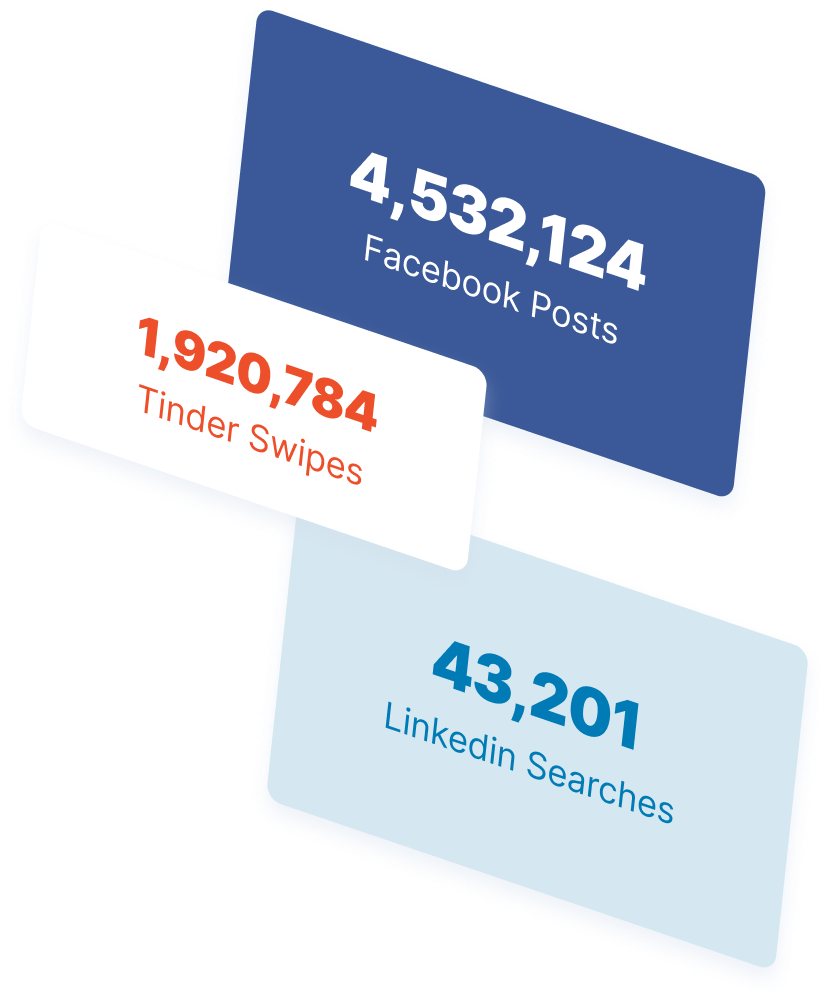-
 5 min. read
5 min. read
-
 Trevin Shirey
Trevin Shirey VP of Marketing
VP of Marketing
- Trevin serves as the VP of Marketing at WebFX. He has worked on over 450 marketing campaigns and has been building websites for over 25 years. His work has been featured by Search Engine Land, USA Today, Fast Company and Inc.
Links are one of the most important parts of an SEO strategy. But what makes them so special? In this episode of our SEO Basics video blog series, we’ll talk more about why links matter and how you can get them, whether in-house or with off-page SEO services!
Transcript:
Hello, my name is Trevin Shirey.
I am director of business development here at WebFX, and today I’m going to be chatting with you about off-page SEO — specifically, links. So this is one of the most important factors in Google’s algorithm. Links really power PageRank, which is kind of the back end of Google’s algorithm.
Links aren’t something most people tend to think of whenever they initially start thinking about SEO or optimizing their site. The reason for that is most SEO factors are fairly visual. The title tags, meta descriptions, all that is something that’s easily checked and you can visually see on the site or in the code of the site.
Links on the other hand are a different animal, and like most things in life that are a little bit more complex, they’re also hugely important when it comes to SEO. So links help in two ways when it comes to Google. They’re going to help Google figure out which sites are most trustworthy and which sites are most relevant for certain topics.
Let’s use the example of running shoes. There are hundreds and hundreds of sites out there — if not more — that are specifically dedicated to running shoes. Somebody like Nike, they’ve got a solid website that has pictures of shoes, they have information about different types of shoes, some tools to help you select shoes, but the same exact thing is true for many, many other sites out there.
So this is kind of the area where links come into play. You have many sites that have similar content on them, they’re talking about similar subjects, the on-page factors are kind of awash whenever you compare them across multiple sites, but the links tell a totally different story. So what Google does is they’re looking at the number of times a site’s been linked to or mentioned around the web.
A site like Nike is going to have thousands and thousands of mentions and links coming back to their site each day, whereas Trevin’s Running Company is going to have zero. So that’s a big piece of the puzzle for Google whenever they’re determining which site to rank. They want a site that is authoritative and relevant whenever someone’s looking up “running shoes.” Nike’s got content on their site, Google is able to crawl the site and understand what it’s about, plus they also have that link side of things which is really saying “Hey, this is a giant in the industry.
This is somebody that is clearly recognized and looked up to whenever it comes to this topic so they should definitely rank very well for this particular subject.” A couple tools that you can use to identify how many links you have, which type of links you have, are Moz and Open Site Explorer, which you can find at Moz.com. And another great one is Majestic’s link crawler, and that can be found at Majestic.com. So a couple of things you want to look at whenever you’re analyzing the backlinks to your site.
One is going to be the number of links. Obviously, more links are better. If you’re looking at your site compared to a competitor’s site and they have many, many more links and mentions online than you, that can be a pretty big factor in them outpacing you online and perhaps ranking a little bit higher than you in search results.
Aside from the quantity of links, the other thing that’s really important is the quality of links. These would be the types of sites that link to you. Obviously, something like the New York Times is going to carry a little more weight and trust than maybe a local newspaper or a smaller blog, something like that.
A third factor to look at is the relevance of the sites linking back to you.
Are these sites giants in your industry? Are they random sites, maybe a lower-quality press release site? Google does draw some signals based on the relevance of sites that link to you, so if you have a running shoe company getting links from related websites, from other companies, from running blogs, those are the types of things you want to look for to help fill in that gap that Google’s looking to close in determining what your site is relevant and trustworthy about.
Two tips for you in acquiring links, which is a question that most people ask (“How can I get more links to my site?”) once they wrap their head around off-page SEO and link building. The first tip is just to do a really great job with your offline marketing. This is kind of how in a perfect vacuum Google’s algorithm would work. Successful businesses tend to get talked about more online, whether you have a new product that you’re rolling out, if your product is getting a lot of positive reviews, if people really like your service, they tend to naturally discuss you a lot around the web and link back to your site.
But while that works again in a perfect vacuum, sometimes the smartest move (and what we really recommend) is creating a strategy for publishing some content on your site or finding a way to specifically go out and acquire high-quality links and mentions from around the web. So those are two kind of high level tips and ways that you can go about approaching this. But, though this is kind of a more mystical, mysterious factor in Google’s algorithm — like I mentioned at the start of the video, this is one of the most important factors of all, whenever it comes to how highly your site is ranking in Google.
So you want to make sure that you’re earning a lot of quality links out there and continuing to invest in that as a channel, and that’s really a factor in how highly you’ll rank in search engines like Google.
-
 Trevin serves as the VP of Marketing at WebFX. He has worked on over 450 marketing campaigns and has been building websites for over 25 years. His work has been featured by Search Engine Land, USA Today, Fast Company and Inc.
Trevin serves as the VP of Marketing at WebFX. He has worked on over 450 marketing campaigns and has been building websites for over 25 years. His work has been featured by Search Engine Land, USA Today, Fast Company and Inc. -

WebFX is a full-service marketing agency with 1,100+ client reviews and a 4.9-star rating on Clutch! Find out how our expert team and revenue-accelerating tech can drive results for you! Learn more
The Internet in Real Time
Ever wonder how much is going on at once on the Internet? It can be tough to wrap your mind around it, but we’ve put together a nice visual that’ll help! The numbers show no sign of slowing down either.
Find out More

Ready to Drive Results for Your Business?
See how WebFX uses SEO, PPC, Social Media, and Web Design to Drive Revenue for Businesses.
Get InspiredThe Internet in Real Time
Ever wonder how much is going on at once on the Internet? It can be tough to wrap your mind around it, but we’ve put together a nice visual that’ll help! The numbers show no sign of slowing down either.
Find out More





